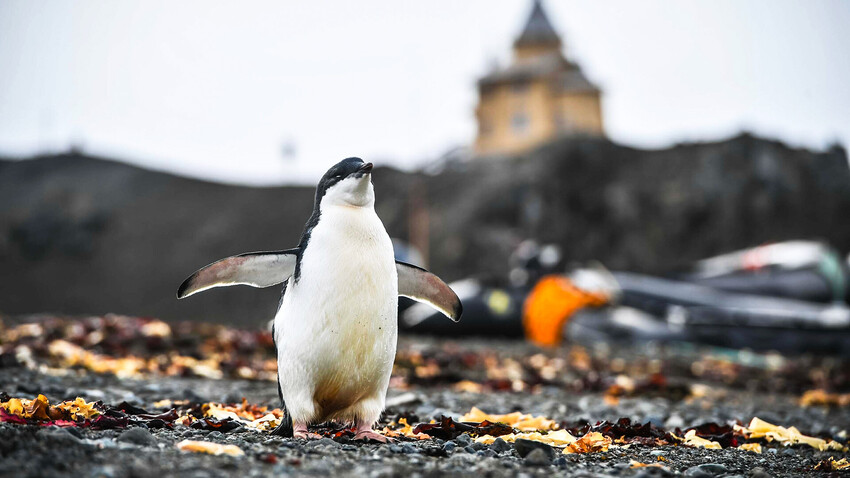
Antarctica was the last continent to be discovered - it happened only 203 years ago. But reaching the coldest place on Earth was only the first test. It was gaining a foothold in this land that posed the real challenge and that took almost another 80 years.
The local research stations are extremely important: Data on the Earth’s climate, Antarctic fauna and changes in the atmosphere’s magnetic and electric fields are collected there and constant meteorological monitoring is carried out. The continent is considered a marker of global changes in these phenomena, since Antarctica is at the furthest point from industrial centers and factories.
Russia has seven stations there - Vostok, Mirny, Bellingshausen, Novolazarevskaya, Progress, Russkaya and Molodezhnaya. And each of them is remarkable in some way.
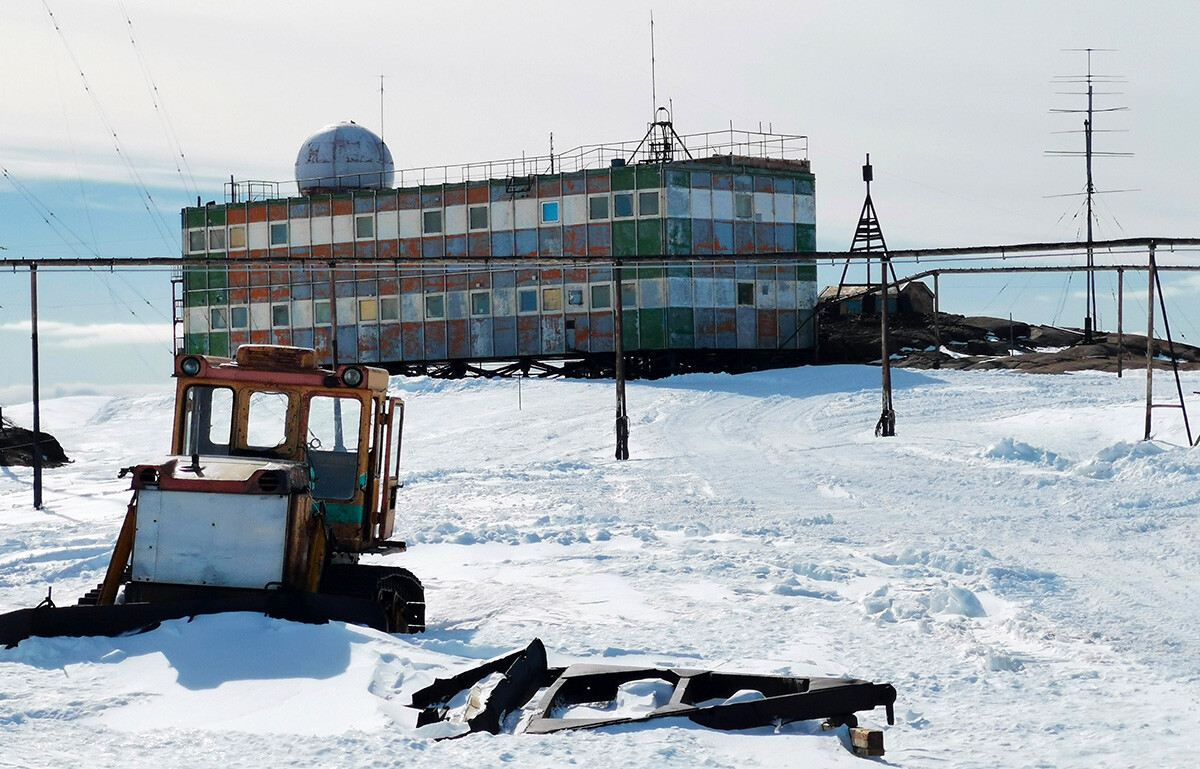
The station was founded in February 1956 during the 1st Soviet Antarctic Expedition (and was named after Mirny, the naval sailing sloop that discovered the continent). Naturally, it became the main research base in charge of managing and supplying all the subsequent stations. At first, between 150 and 200 polar explorers lived there, but, in recent years, their number has dwindled to 15-20. And the running of the other stations has been handed over to the more modern Progress station.

Built in December 1957 during the 2nd Soviet Antarctic Expedition, it is the only one of the stations situated inland, almost at the center of the continent (all the others are either on the shores of bays or on the coast), in an extremely cold spot: In 1983, -89.2°С (-128.5°F) was recorded there. The ice thickness there reaches 3,700 meters and, directly under the station and ice sheet, lies Lake Vostok, the largest subglacial relict lake in Antarctica. Thanks to this, the station has become famous throughout the world. It was discovered by Soviet scientists and it is a real “time capsule”, because the non-freezing lake has been isolated from the outside world for millions of years. In studying it, the scientists hope to get answers to questions about the origins of life on Earth… and the other planets.
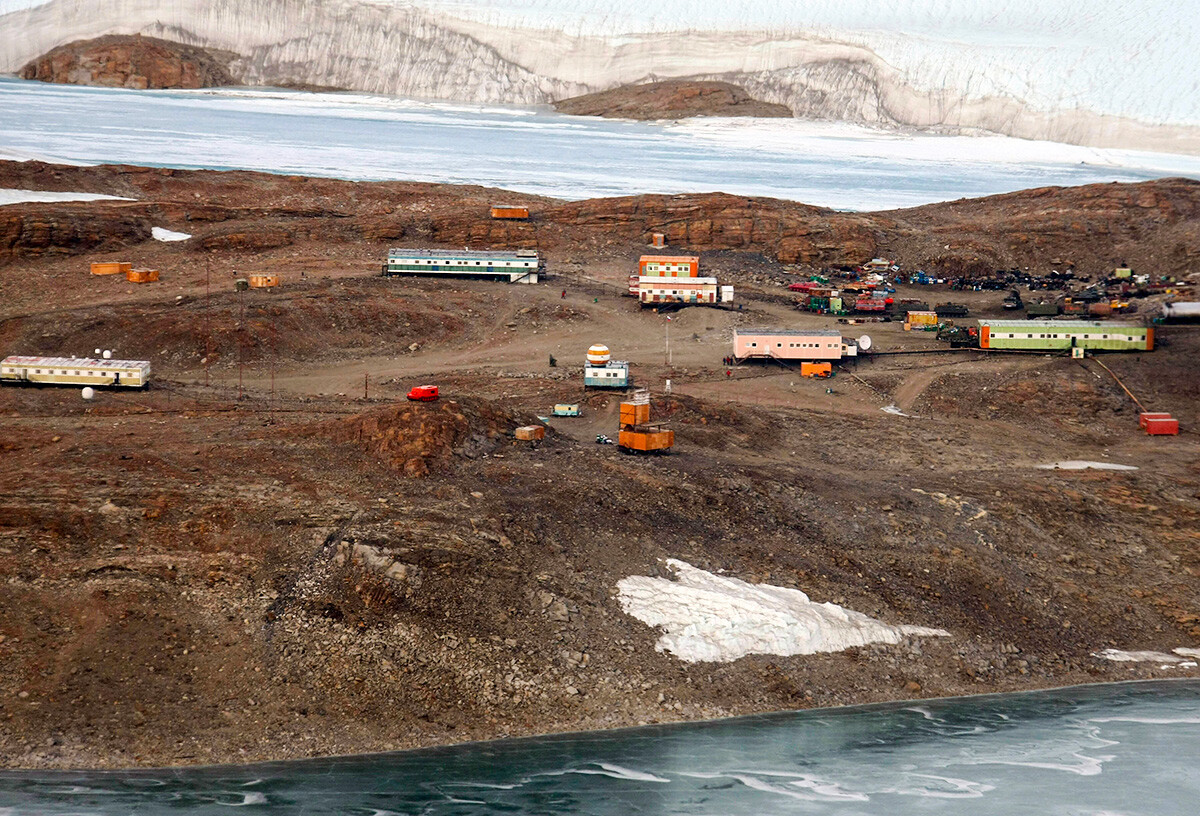
Established in 1961, it remains a staging post on the tourist trail to the South Pole to this day. It is where tourists undergo acclimatization while admiring the almost otherworldly landscapes: In the valley there are bare 200-meter hills with the cleanest of lakes between them.
The station became particularly attractive in 2007 when it was kitted out with the only Russian banya in the Antarctic.
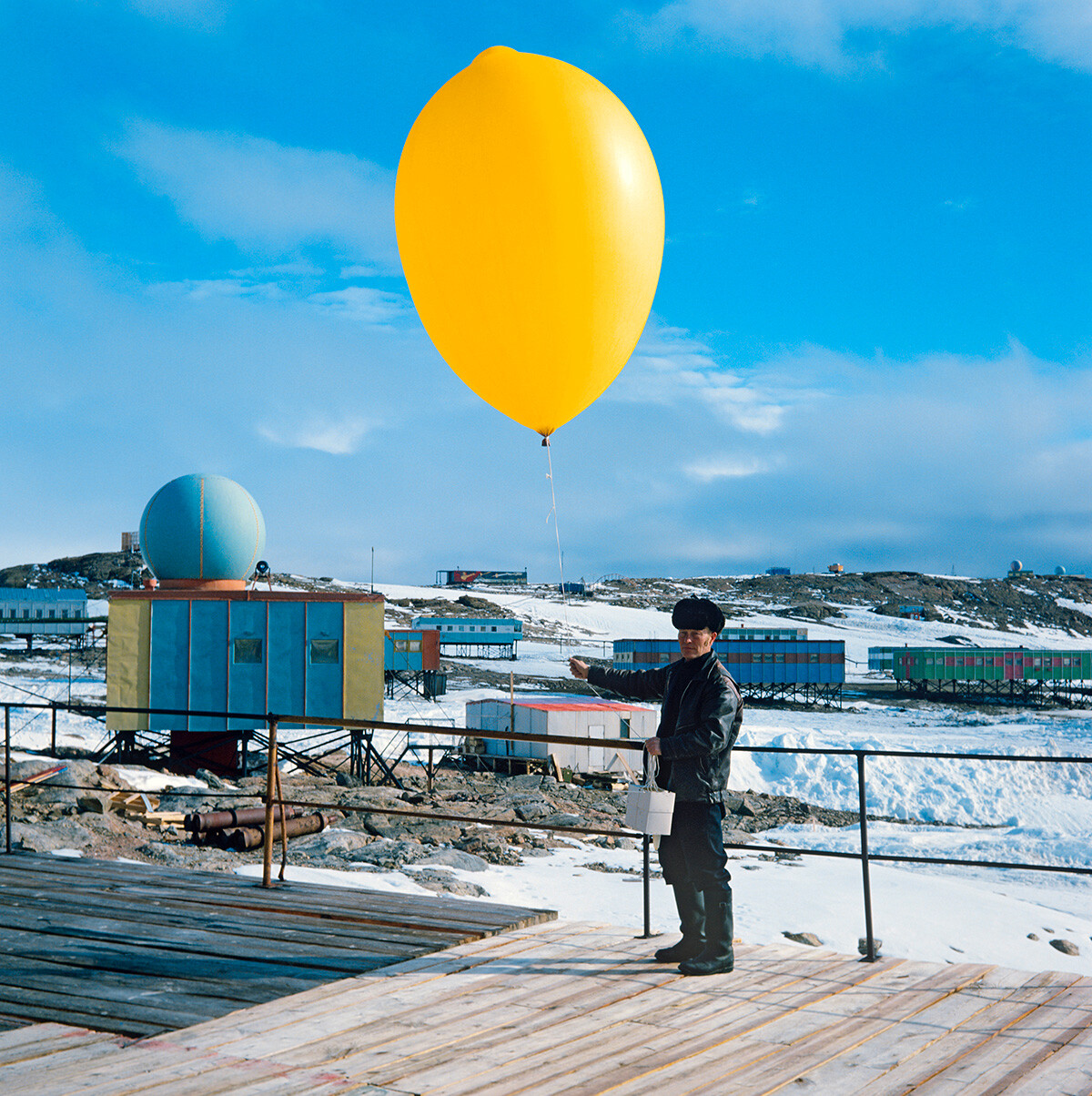
For a long time, it was the unofficial capital of the Soviet Antarctic, given that what amounted to a small town, which was set up there in 1962. The station consisted of around 70 buildings, with streets, residential compounds, scientific laboratories, an oil delivery terminal and an airstrip that could handle large passenger planes. In winter, the most deserted season, there were still around 500 people there, while, in the summer, the numbers rose to 1,400.
In 1999, the once all-year-round station was temporarily mothballed and, in 2006, it started operating on a seasonal basis.
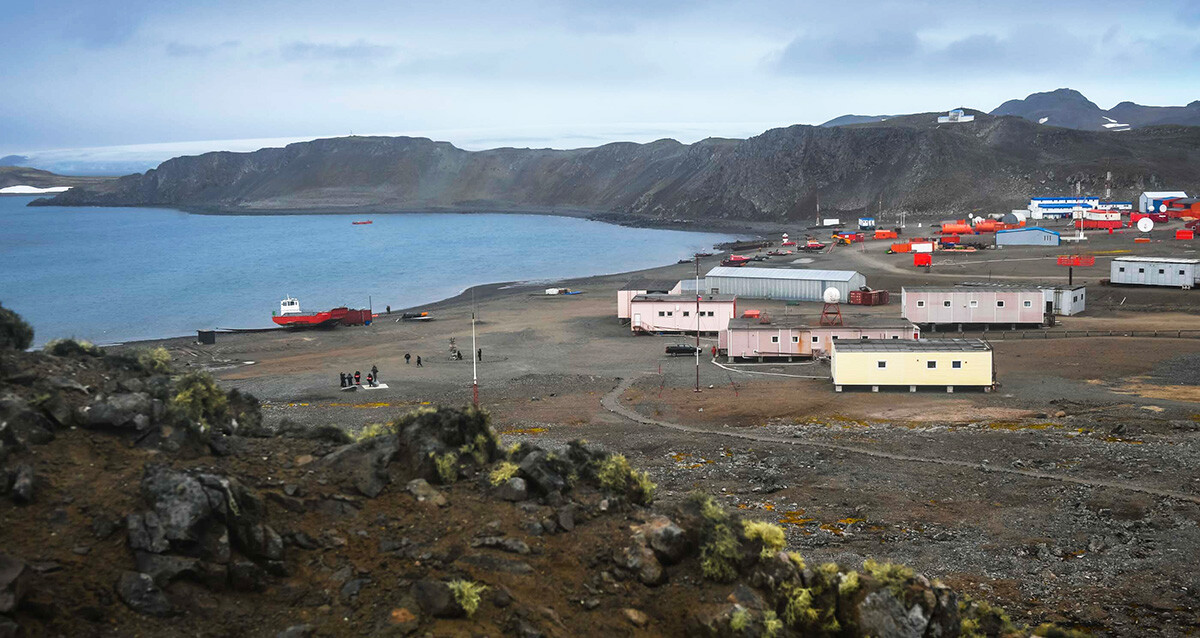
It was built in 1968 and named after Fabian von Bellingshausen, a Russian admiral and one of the first discoverers of the Antarctic. It is located on King George Island, one of the most climatically favorable locations there. The temperature in the coldest month (August) is only minus 6-7°С (20°F) and, because of this, Russian polar expedition members dubbed it the “holiday resort”. Moreover, even in the “isolated” months of winter, when a minimal number of polar researchers remain in residence, life isn’t boring at Bellingshausen, as there are neighbors close by - at Chile’s Eduardo Frei station and China’s Changcheng (Great Wall) station.

Since 2004, a wooden church has been erected at the Antarctic “holiday resort” - it is the world’s southernmost permanently open Orthodox church.
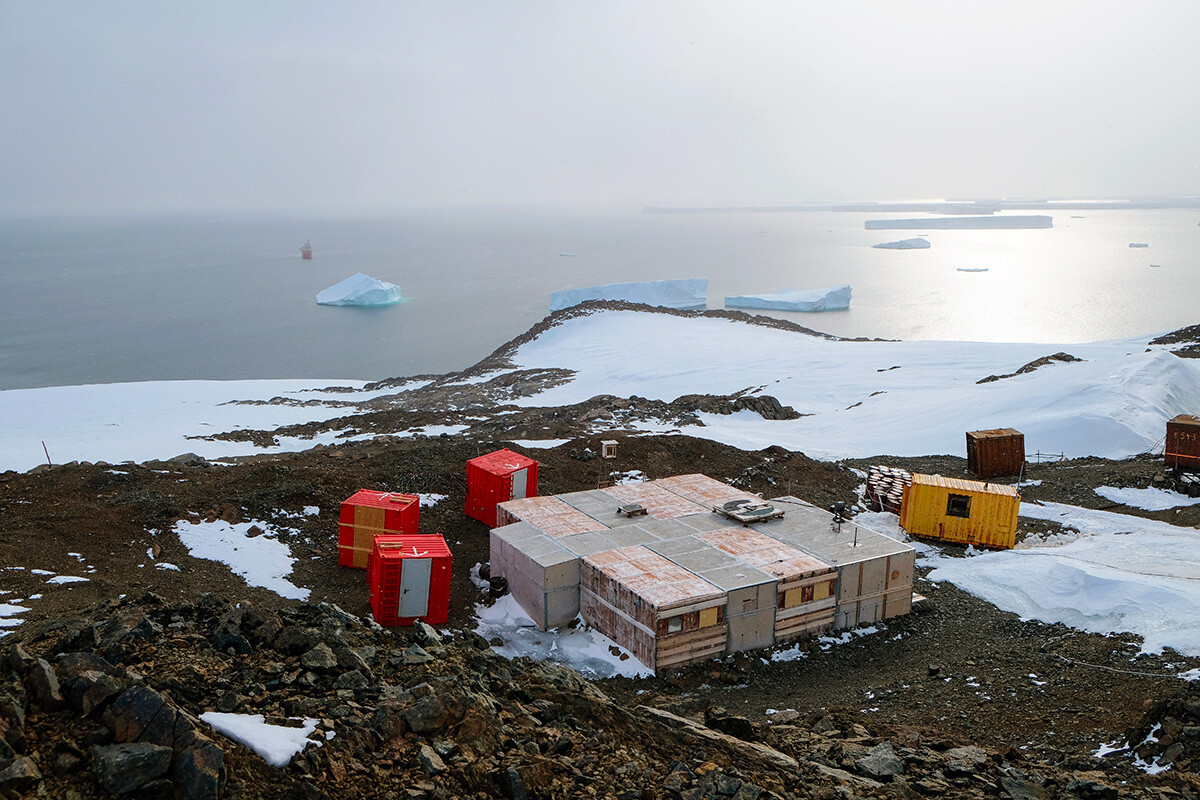
Established in 1980, even during its first year of operation, it proved to have been built in one of the harshest locations, even by Antarctic standards. The problem was the strong gale-force winds, which sometimes reached in excess of 70 meters/second. The wind can start blowing at any time of year and last up to several weeks at a time. For this reason, the station was dubbed the ‘windy pole’. The ice situation there is so difficult that ships only have a three-week window a year to come up to shore. For all that, it is an important station: the Western Antarctic area where it is located is one of the least studied. There isn’t a single inhabited site anywhere in the vicinity.
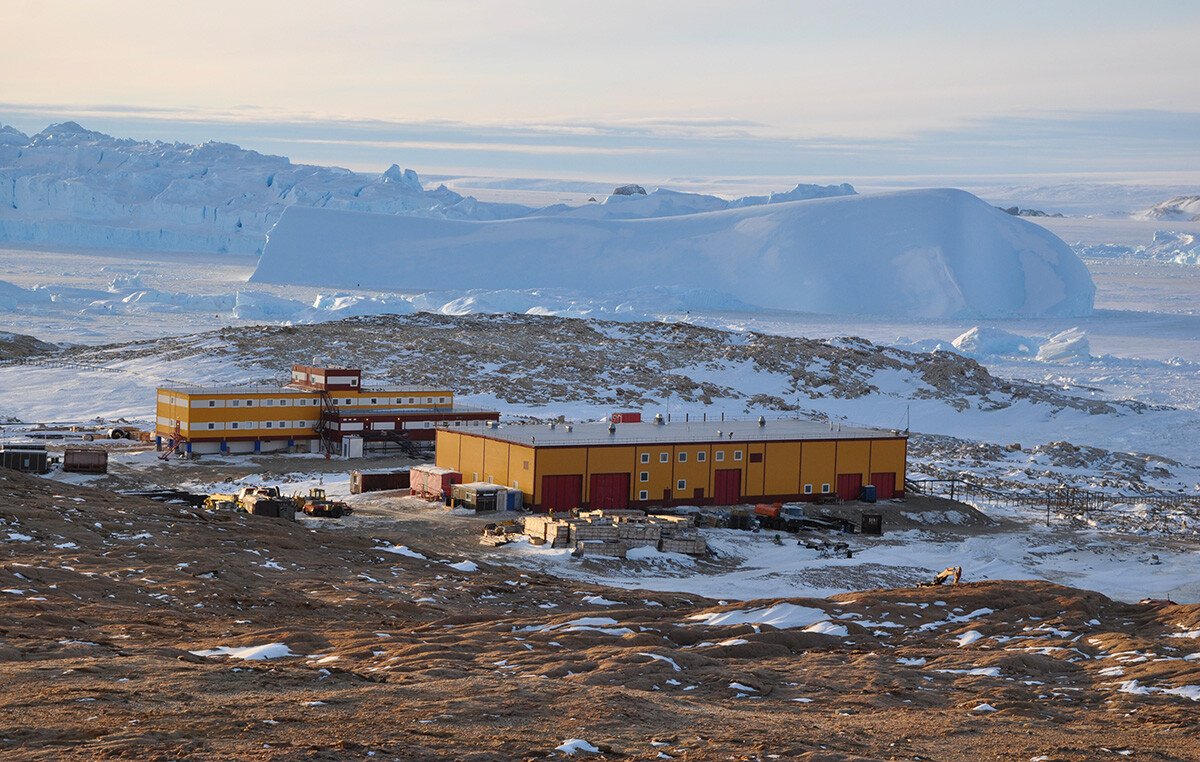
Built in 1989, the station continues to live up to its name today - in terms of its equipment, it is considered the best station of all. Today, it is the principal Russian polar station, with a new wintering complex, keep-fit center, sauna, table tennis and billiard tables, residential rooms and, of course, modern laboratories.
If using any of Russia Beyond's content, partly or in full, always provide an active hyperlink to the original material.
Subscribe
to our newsletter!
Get the week's best stories straight to your inbox